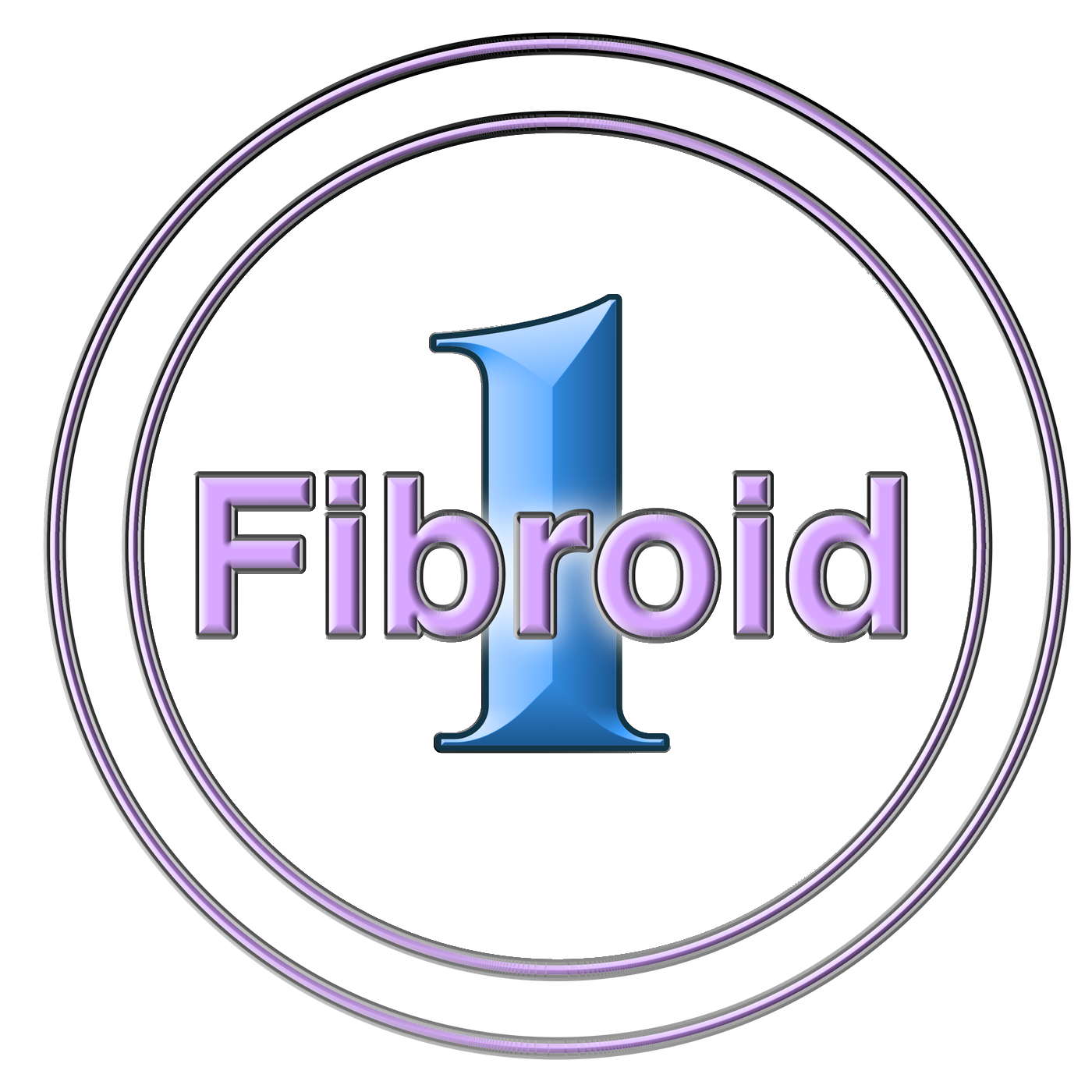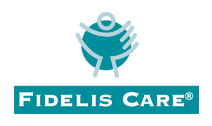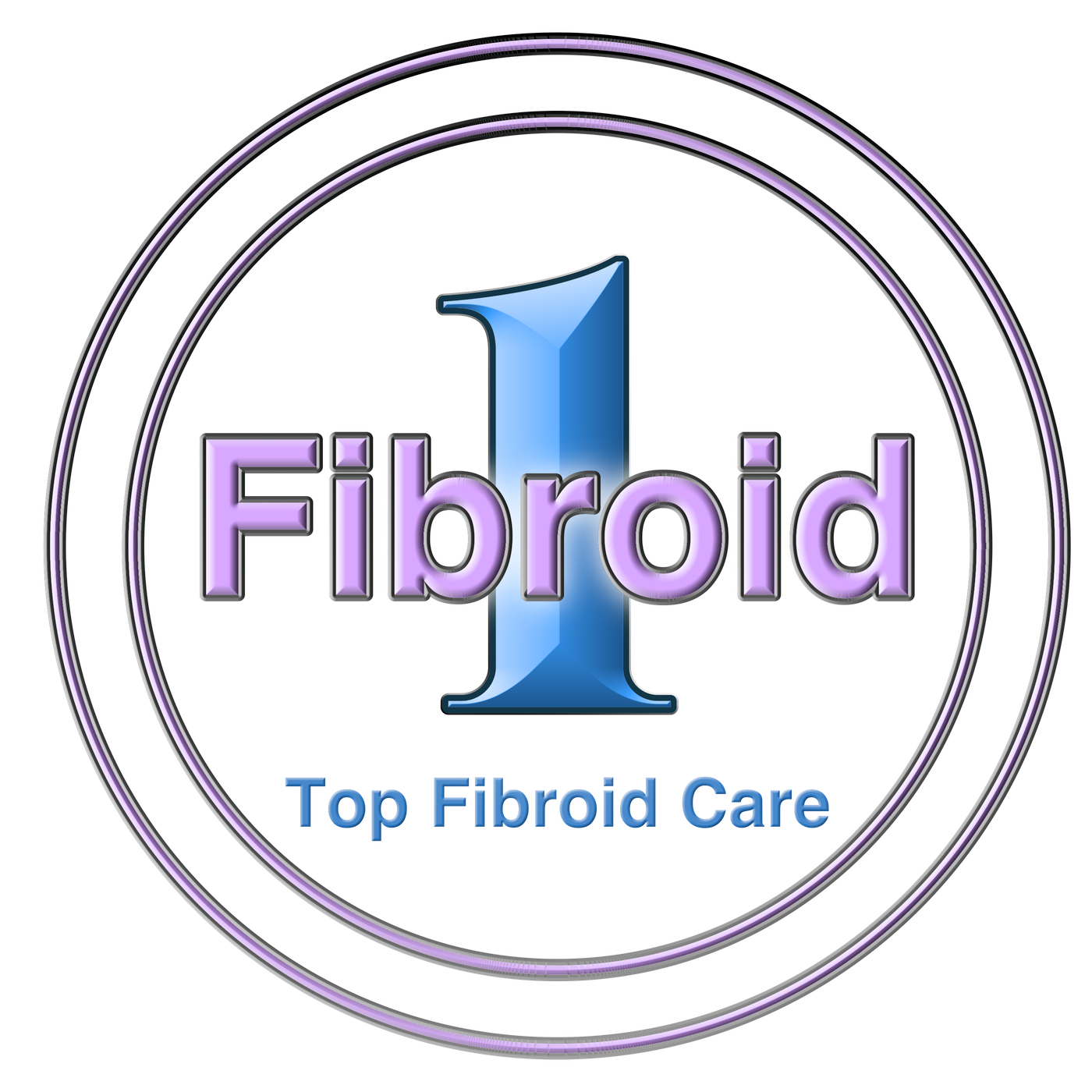Uterine Fibroid Embolization
For women seeking a minimally invasive solution for treating their uterine fibroids, uterine fibroid embolization (UFE) is becoming a popular choice. The recovery process is much faster compared to more traditional approaches to fibroid treatment such as a myomectomy or hysterectomy due to the fact that UFE is not a surgery. Rather, this procedure is minimally invasive and is able to be performed by the interventional radiologists of 1Fibroid Center through one small needle puncture.
The First Day Following the Procedure
The immediate few hours following the UFE procedure tend to be the most uncomfortable in the entire process as patients can experience mild to moderate pain, cramping, and nausea during this period, though these effects are often very manageable using common over-the-counter anti-inflammatories and pain relievers prescribed by our physicians. Most women report gradual relief from this kind of discomfort in one to two days following UFE. Typically, patients will stay at our office for a few hours so that they can be monitored and evaluated by our staff, and can expect to leave shortly after that depending on how they are feeling. Since it is not recommended that patients drive following the procedure, a ride home will need to be arranged.
The First Week Following UFE
Take it easy this week. Limit activity levels in order to allow your body the time it needs to make a full recovery. Even though patients should restrict their physical activity, it is still advised that women try to take a slow walk each day after their UFE procedure. A simple walk around the block will help get blood flowing and prevent circulation issues that may arise from complete inactivity.
During this time, most women experience cramping and fatigue, but these symptoms are much milder than those experienced on the first day. Some women may still experience nausea and even a low-grade fever, but all of these symptoms should go away within the week.
While patients often return to work soon after their uterine fibroid embolization, it may be best to request a day or two off, especially if your profession requires more strenuous activity.
Two Weeks After the Procedure
Most women will be able to return completely to their regular activities between 8 and 14 days after their procedure. Unless significant side effects occur, patients should feel free to get back to exercising, working, and completing all aspects of their normal daily routine after two weeks.
Life After UFE
Fibroid symptoms typically dissipate within the first three months after the UFE procedure is performed. According to studies on the effectiveness of uterine fibroid embolization, 93 percent of women reported improvements in their symptoms and the majority of patients (73 percent) saw long-lasting relief from symptoms after five years.
When to Contact 1Fibroid Center
It is rare for complications to arise as a result of the UFE procedure, but please be aware of the following symptoms and call our office at 212-991-9991 immediately if they are present:
- Difficulty breathing
- Chest pain
- Loss of consciousness
- A fever of 100.4 degrees or higher that lasts for more than four days
- Strong cramps lasting beyond five days
- Heavy bleeding that occurs between menstrual cycles after several months











